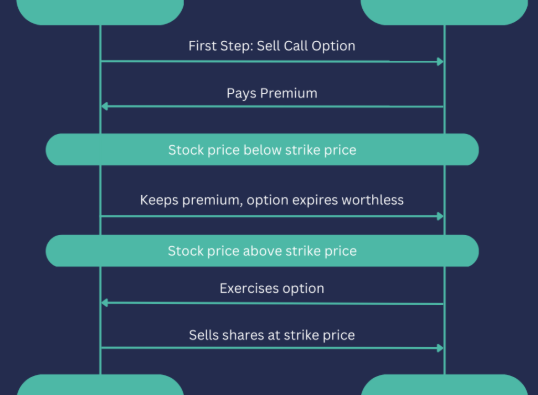
Planning for retirement often involves choosing the right investment vehicles, and one option that offers both growth potential and tax advantages is a Mutual Fund IRA. This type of retirement account blends the benefits of mutual funds with the tax-friendly features of an IRA, creating an effective way to prepare for the future. Let’s explore what a Mutual Fund IRA is, how it works, and how to set one up.
What Is a Mutual Fund IRA?
A Mutual Fund IRA is an individual retirement account where your contributions are invested in mutual funds. These funds pool money from many investors to create a diversified portfolio, often composed of stocks, bonds, or a mix of both. Depending on whether you choose a Traditional or Roth IRA, your investment earnings will grow either tax-deferred or tax-free. This combination makes it a practical option for long-term retirement savings.
Basics of IRA Investments
An IRA, or Individual Retirement Account, is designed to help individuals save for retirement in a tax-efficient manner. It can hold various assets, including mutual funds, stocks, bonds, and ETFs. Traditional IRAs typically offer tax-deductible contributions, while Roth IRAs involve after-tax contributions but allow for tax-free withdrawals in retirement.
Key Benefits of Mutual Fund IRAs
- Diversification: Spreads your investment across various securities, reducing risk.
- Professional Oversight: Managed by experienced fund managers, allowing investors to benefit from expert guidance.
- Low Entry Barrier: Suitable for individuals who want to start investing with modest amounts.
- Liquidity: Mutual fund shares can usually be bought and sold without difficulty.
- Tax Perks: Offers either tax-deferred or tax-free growth depending on IRA type.
- Transparency: Regular updates on performance and holdings help you stay informed.
Types of Mutual Funds for IRAs
When investing in a Mutual Fund IRA, you’ll need to decide between passive and active fund types:
- Index Funds: Track market indexes with minimal management and lower fees.
- Actively Managed Funds: Managed with the goal of outperforming the market, though they typically involve higher costs.
Within these categories, you’ll also find:
- Equity Funds: Focus on stocks; offer higher growth potential but more volatility.
- Bond Funds: Invest in fixed-income assets; generally lower risk and steadier returns.
- Balanced Funds: Combine stocks and bonds to offer a middle ground in terms of risk and return.
Steps to Open a Mutual Fund IRA
- Choose a Provider: Pick a financial institution or brokerage that offers IRA services.
- Open the Account: Complete the necessary forms and comply with identification requirements.
- Fund Your IRA: Contribute a lump sum or set up automatic deposits.
- Select Funds: Choose mutual funds that align with your financial goals and comfort with risk.
- Make Contributions Regularly: Keep funding your IRA to benefit from compounding growth.
- Monitor Your Investments: Review fund performance periodically and make adjustments when needed.
- Understand Tax Implications: Be aware of the rules surrounding IRA contributions and withdrawals.
Tax Aspects to Consider
- Traditional IRAs: Contributions may be deductible, and earnings grow tax-deferred until withdrawal.
- Roth IRAs: Contributions are not deductible, but qualified withdrawals are tax-free.
- Penalties: Withdrawals before age 59½ may trigger taxes and penalties.
- Required Distributions: Traditional IRAs require mandatory withdrawals beginning at age 72.
- Tax Efficiency: Consider fund types and asset placement to optimize after-tax returns.
Managing Your Investments
To effectively oversee your Mutual Fund IRA:
- Set Clear Goals: Know what you’re saving for and over what time horizon.
- Conduct Research: Investigate fund performance, fees, and strategies.
- Diversify: Avoid putting all your funds in one asset class.
- Rebalance Periodically: Adjust allocations to maintain your desired mix of assets.
- Track Progress: Regularly review fund performance and compare it to benchmarks.
- Consult Experts: A financial advisor can help fine-tune your strategy and ensure you’re on track.
Risks to Be Aware Of
- Market Volatility: Fund values may fluctuate with market conditions.
- Management Decisions: Poor choices by fund managers can affect returns.
- Costs and Fees: Ongoing expenses can reduce your investment gains.
- Limited Control: You don’t pick individual stocks or bonds within the fund.
- Underperformance: Some funds may not meet expectations despite professional management.
Comparing Mutual Fund IRAs and Brokerage IRAs
- Mutual Fund IRA:
- Focused on mutual fund investments.
- Simpler for beginners.
- May offer fewer choices but requires less active management.
- Brokerage IRA:
- Greater flexibility with access to stocks, ETFs, and bonds.
- Allows for a hands-on approach.
- May involve additional fees and more complex decisions.
Conclusion
A Mutual Fund IRA can serve as a powerful tool for building a retirement nest egg. By combining the diversification and management expertise of mutual funds with the tax advantages of an IRA, investors can create a solid foundation for long-term financial security. Whether you’re just beginning your retirement planning or looking to expand your investment strategy, this account type offers a practical path toward achieving your financial goals.









